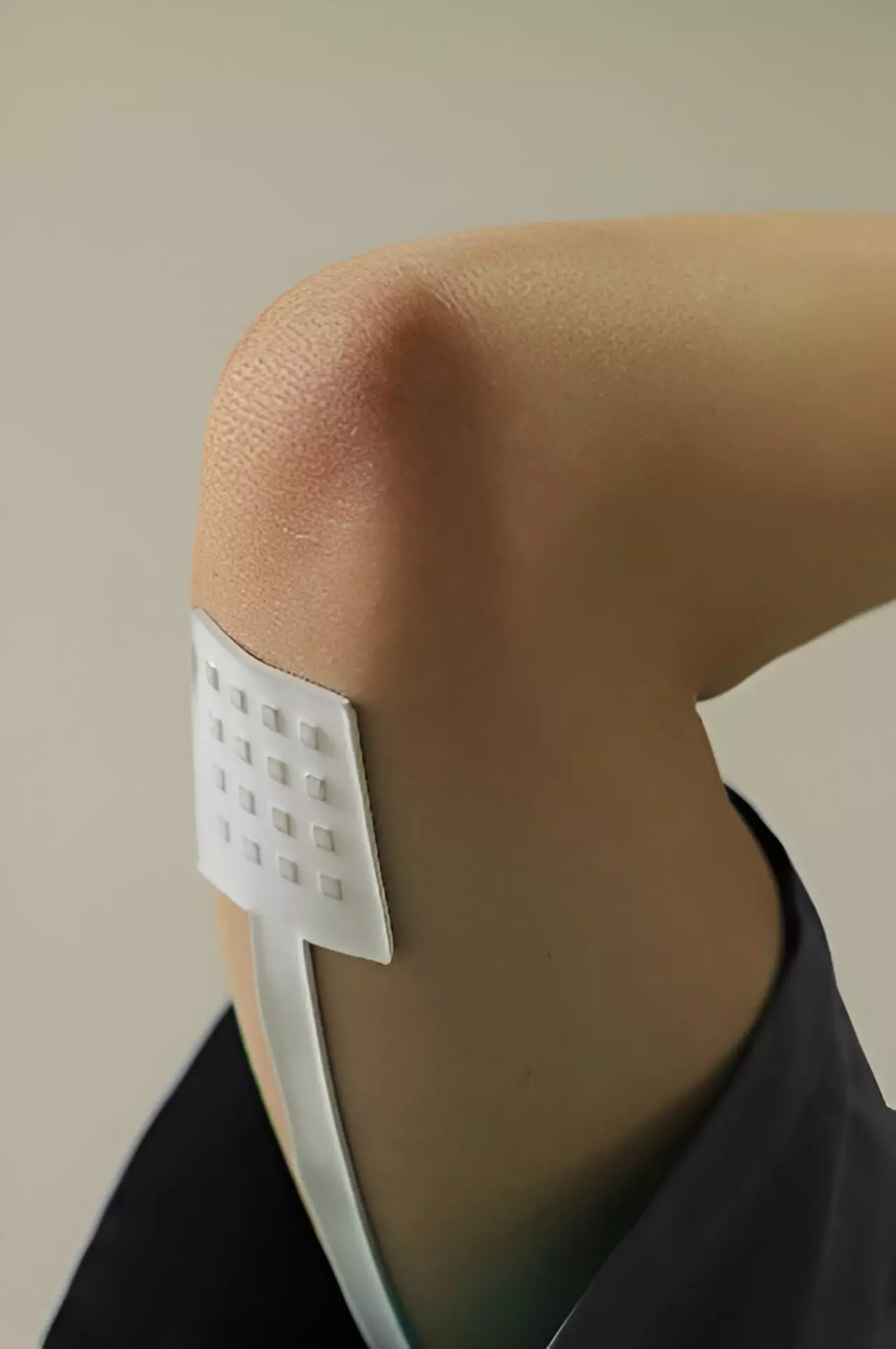The rapid advancements in material science and electronic engineering are pushing the boundaries of what is possible in the realm of sensory technology. A promising development that stands at the forefront is the emergence of flexible tactile sensors. Researchers at Peking University have recently unveiled a groundbreaking design for these sensors, leveraging flexible, modular components that can be seamlessly integrated into various environments, including wearables and electronic skin. This innovation not only promises enhanced interaction with mechanical signals from the human body but also redefines how we think about tactile sensing in technology.
Understanding the Technology Behind the Innovation
The core of this innovation lies in the use of 3D micro strain gauges. Unlike traditional planar strain gauges, these cutting-edge sensors have transformed the conventional structure into a three-dimensional framework. By employing lithographic techniques, the researchers have achieved high-density pressure mapping capabilities that allow for a detailed analysis of biomechanical signals. The implications of such high-resolution data processing are significant, as they pave the way for applications ranging from health monitoring to advanced robotic systems.
Han Mengdi, one of the leading researchers, has articulated the potential of these sensors, emphasizing the unique abilities that arise from their 3D architecture. The adaptability of these strain gauges allows for a higher spatial density in tactile sensing, which is crucial in accurately capturing diverse mechanical parameters including pressure, temperature, and the forces acting upon the skin. This multidimensional approach to sensing could transform how devices perceive and respond to their environments.
An equally intriguing aspect of the research is the inherent customizability of the sensors. Researchers found that by altering certain design parameters—such as the shape of the microstructure, the thin film layers, and the encapsulating polymer—the performance traits of the tactile sensors can be efficiently modified to meet specific needs. Chen Xu, a Ph.D. student involved in this pioneering project, highlighted this feature, indicating that the ability to adapt the sensitivity and responsiveness of sensors opens new avenues for personalized applications, making these technologies more efficient and user-friendly.
The importance of adaptability cannot be overstated, especially in a world where the demand for personalized technology is ever-increasing. As we begin to integrate more technology into our daily lives, having customizable options allows users to select functionalities that align with their unique requirements, whether that be in fitness tracking, medical monitoring, or even augmented reality applications.
Decoupling Forces and Enhancing Accuracy
One of the major breakthroughs within this research includes the method of decoupling normal and shear forces within the sensors. This dual functionality enables the accurate measurement of external forces applied to the skin, capturing both the intensity and direction of these forces. Yiran Wang, another notable researcher from the team, explained how the sensor’s orthogonal arrangement of 3D micro strain gauges supports this precise measurement, ultimately allowing for a sophisticated mapping of interactions at the skin’s surface.
This capability is not just a technological feat; it has profound implications. For robotics, this means machines can interact with their environments more intelligently, adapting their responses based on real-time feedback. In biomedicine, it can enhance the development of prosthetics or rehabilitation devices that provide tactile feedback to users, significantly improving the user experience and effectiveness of such systems.
As the research team acknowledges, the compatibility of these 3D micro strain gauges with both micro and macroelectronics opens a vast landscape of potential applications. From robotics to consumer electronics, the implications are both extensive and transformative. The integration of such advanced tactile sensing capabilities can lead to smarter, more responsive devices that understand and interpret human interactions in ways previously thought impossible.
Moreover, as industries such as healthcare and consumer technology continue to evolve, the demand for more effective and intuitive interaction mechanisms will only increase. These flexible tactile sensors position themselves as a frontline solution to meet such demands, driving us closer to an era of unprecedented sensory technology.
The development of flexible tactile sensors by the researchers at Peking University represents a significant leap forward in our understanding and application of sensory technology. With the integration of customizable 3D micro strain gauges, the potential for improved biomechanical signal detection is vast, offering unparalleled opportunities for innovation across multiple sectors. As we continue to delve deeper into these technologies, the future of human-computer interaction and sensory applications looks brighter than ever.


Leave a Reply